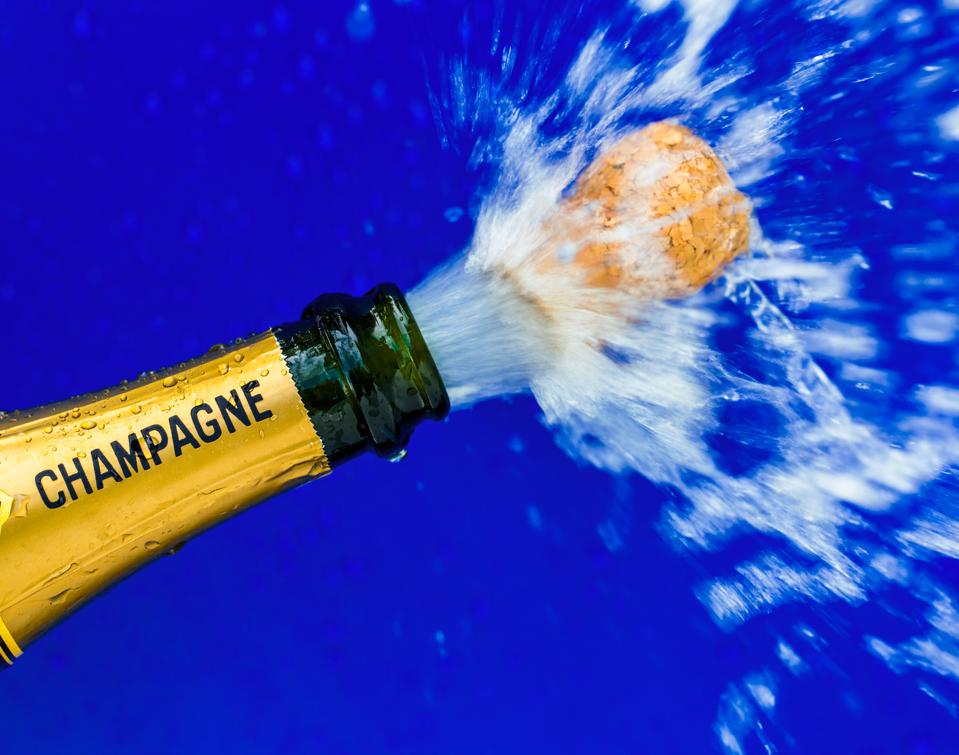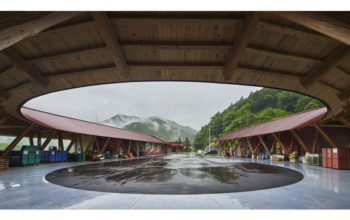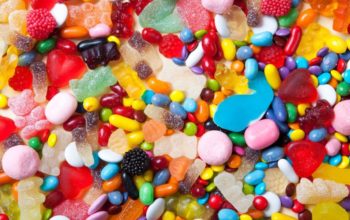Champagne-
“New Year’s Eve is almost upon us. Kick the trees to the curb, pack up the menorahs, it’s time to start icing down the bubbly.”

The following written content by Brad Japhe
New Year’s Eve is almost upon us. Kick the trees to the curb, pack up the menorahs, it’s time to start icing down the bubbly. This go-round comes with mixed emotions: while we’re all quite eager to leave 2020 in the rearview, social distancing guidelines preclude any sizable gatherings. In a normal year the US consumes roughly 360 million glasses of champagne on December 31st. With COVID’s menacing finger on the scale, that number will certainly diminish. If we’re not going to be drinking as much, we might as well sip smarter—steer away from the swill. Here’s some helpful insight on how to make each glass count.
Grow And Tell
If you’re not already aware of the ‘grower’ trend in sparkling wine, it’s time to get hip. As the name implies, these are liquids bottled by the same folks who actually cultivated the grapes from which it was built. Seems straightforward enough, yet no big-name label on the market today is entirely estate-derived. These sorts of brands can’t possibly grow all of the fruit needed to satisfy global demand, so they must outsource.
There’s nothing wrong with the practice, and most aren’t trying to hide it. But an increasing number of consumers are seeking out small volume juice, from the very families who farm the grapes. “For this, there’s nothing better than Jacques Selosse,” according to Joel Caruso, a certified sommelier based in Austin, Texas. “To the general public it remains criminally underrated. But if you know, you know.”
Intrigued? Get acquainted with a $250 bottle of‘Initial’ Blanc de Blancs— a fitting intro, if ever there was one. It’s a vibrant reserve, replete with fresh and bright bits of herbs, honey, and dried stone fruit. Read more from Forbes.
Follow other related unbiased, interesting, and relevant news stories from News Without Politics





